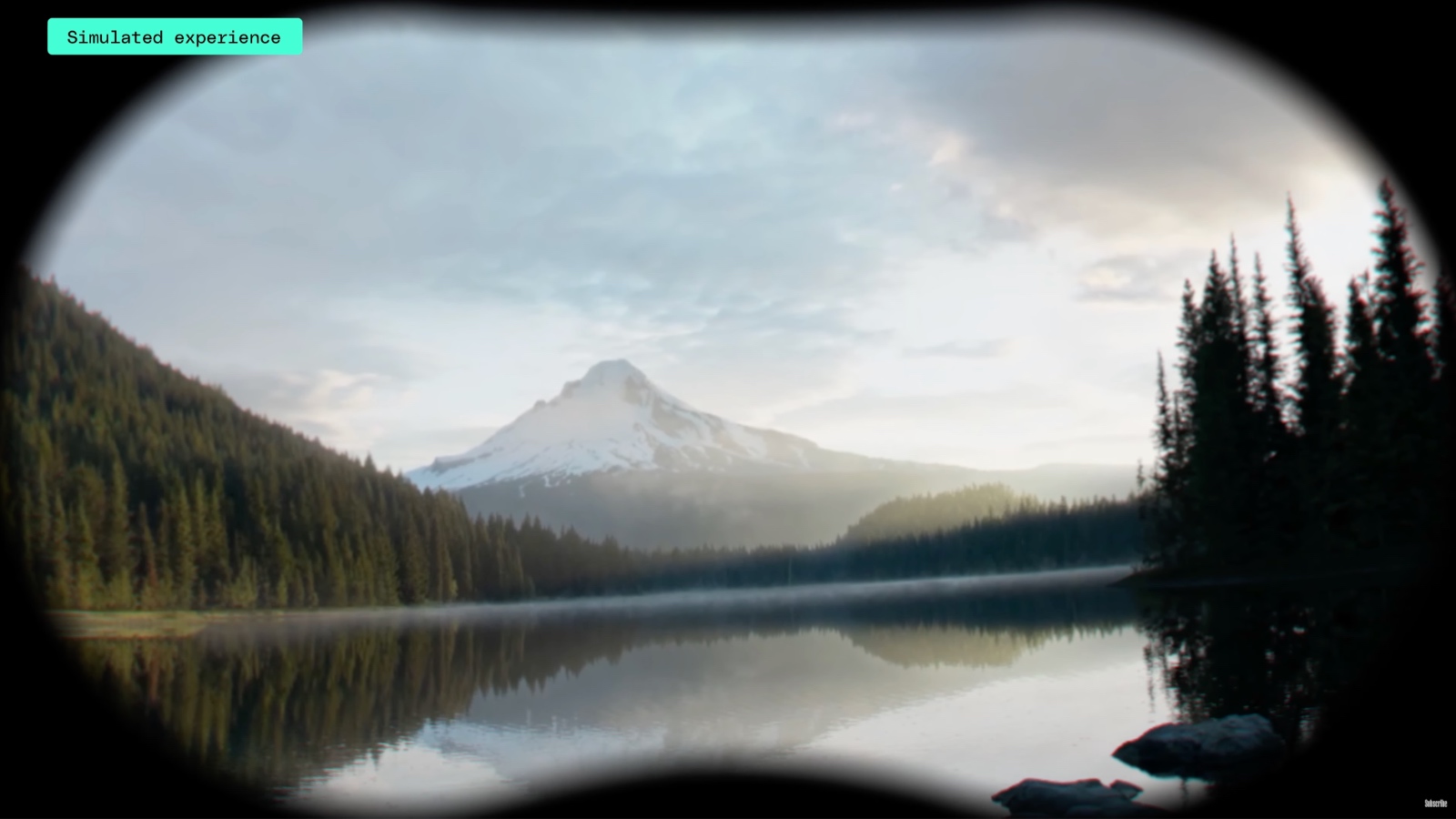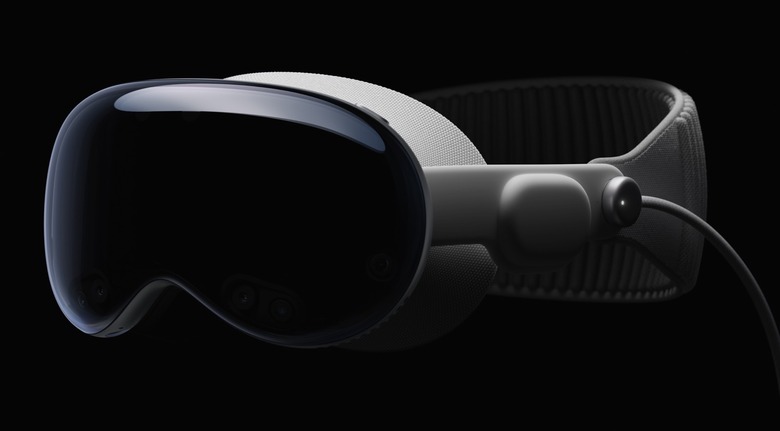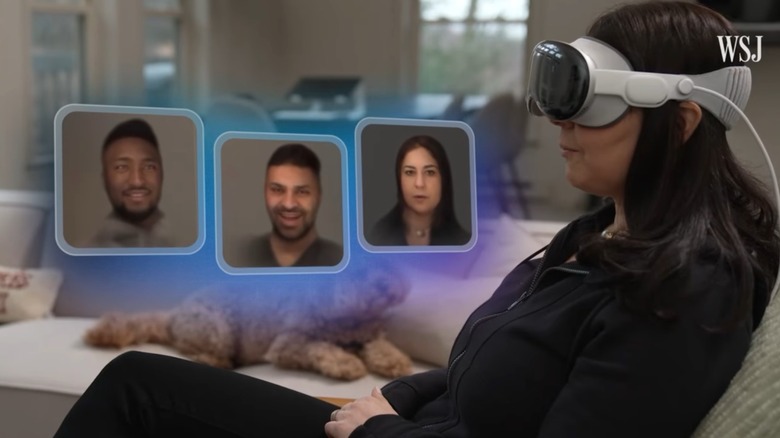10 Reasons Not To Buy An Apple Vision Pro
Early hands-on and reviews of Apple Vision Pro are now out. After watching and reading all of them, I decided that I'm not buying Apple's first-generation spatial computer yet – and you probably shouldn't either. Here are 10 reasons not to buy the headset right now.
Here's why you shouldn't buy an Apple Vision Pro
Too heavy: Apple Vision Pro weighs between 600 and 650 grams — almost as much as a 12.9-inch iPad Pro (682 grams). Although there's a Dual Loop strap that helps lighten the load, most of the weight is in the front, and reviewers complained that they got tired after using this device, even for short intervals.
Gets dirty too easily: Apple Vision Pro looks premium, but it's also a very first-generation product. If you look at the mesh material that will make contact with your face and head, I'm sure you'll realize that it will get dirty quickly. Take the AirPods Max cushion material, for example. Despite those who chose the black version, all the other colors get dirty over time (due to makeup, sweat, and skin oleosity). Don't you think the same will happen with Vision Pro? Spoiler: It will.
Personas are hideous: FaceTime's Persona feature is currently in beta. If you want to take calls with your Apple Vision Pro, just know you won't look good. I'm sure it will improve in time, but it's clearly not ready for primetime quite yet.
visionOS needs work: visionOS 1.0 is half-baked software. You can't rearrange apps on the Home Screen or organize multiple windows, and even Apple doesn't support all of its most popular apps. I'll wait for a few more updates before I consider jumping in.
Cameras are bad: Apple Vision Pro has a ton of sensors, but the cameras used to capture Spatial Photos and Spatial Videos aren't very impressive. The Verge's review highlighted that. They're usable, but if you want to record something meaningful, just use your iPhone 15 Pro instead.
EyeSight doesn't work as we expected: Apple heavily marketed EyeSight's outer panel as one of the core Apple Vision Pro features. The company said it would help you stay connected to the real world, as other people could see your eyes through the screen. The reality is that the display has a poor resolution, and it's almost impossible for someone else to see your eyes.
Lack of apps: Apple Vision Pro lacks Apple's core apps, but it also lacks support for YouTube, Netflix, Spotify, and many more. Apple heavily relies on compatible iOS and iPadOS software to make its devices shine, but many developers have decided to skip out on making native visionOS apps. Also, the lack of gaming experiences is a turn-off.
Too expensive: This spatial computer is best-in-class in the mixed reality headset market, but that doesn't mean you should buy it. Starting at $3,499, it's far too expensive – and all of the reviewers complained about that. Apple needs to make it cheaper for future generations.

It's not as immersive as you thought: I was expecting Apple Vision Pro to feel very immersive, but that's not the case. Its field of view is smaller than the Meta Quest 3, which is 110 degrees horizontal and 96 degrees vertical. Therefore, the device looks a little less magical.
What's a battery, anyway?: Apple decided not to offer a built-in battery. As such, users need to walk around with a cable attached to a battery pack if they want to use it on the move. More interestingly, the external battery doesn't seem to last very long, as reviewers could only get around 2-3 hours out of it. Even a Nintendo Switch lasts longer!
Wrap up
I could go on and on about why you shouldn't buy an Apple Vision Pro yet. As you can watch and read in most reviews, many critics loved the device, but it's not ready for public consumption yet. It's too expensive, too heavy, and lacks a clear vision of the future.
With people finally getting their hands on this device on February 2, it will also help Apple understand what this device needs for a second generation and what the company should remove. Still, I couldn't recommend getting this product just now.

